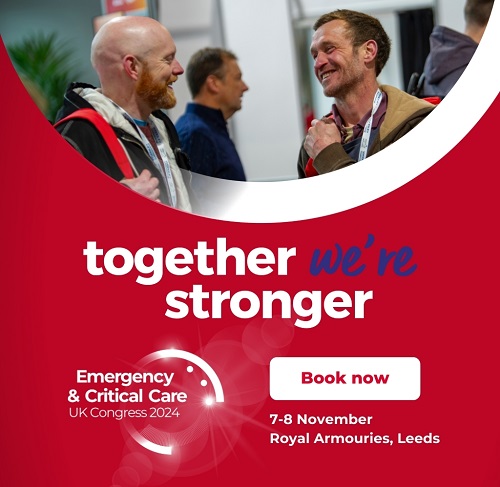Vets Now is at the forefront of emergency and critical care in the UK.
And no matter what stage you are at in your career, we have a supportive route into emergency practice tailored to you.
Our pioneering Edge programmes are aimed at vets and vet nurses who have a solid foundation in UK general practice but have ambitions to take sole charge in an emergency setting.
Do you think you’ve got the Edge? Use the information in this scenario to answer the question.
It’s your first week in your new job, and you’re alone in the practice doing morning consults. You’re dealing with a puppy that’s in for its first vaccination. The vet nurse on duty suddenly rushes in and shouts for you to help with an emergency. You run through and find a collapsed cocker spaniel lying on the prep-room table.
Question: What do you do?
a) Shout for someone more senior to help
b) Hunt around for a pulse
c) Start chest compressions immediately
d) Calmly and quickly assess the patient
Answer: When dealing with any collapsed patient the first thing to assess is the patient’s ABCs.
Airway/Breathing/Circulation should be assessed in 15 seconds or less which is known as “the 15-second rule”.
If a cardiopulmonary arrest is even suspected, chest compressions should be started right away since any delay can significantly reduce the chance of success.
1. Airway:
a. visually inspect (obstructions, masses, or fluid)
b. internal and external palpation of the mouth, pharynx, larynx
c. clear any fluid
2. Breathing:
a. visually inspecting for movement
b. feeling for air movement, ausculting the lungs
3. Circulation:
a. palpation for apex beat at heart +/- femoral pulse*
b. 5-10 secs max
*Accurate assessment of a lack of a pulse is difficult without taking a long time, and performing compressions on a patient that is not in cardiopulmonary arrest brings very little harm. Feeling for the apex beat of the heart on the chest wall is a quicker way to assess whether the heart is beating.
If you answered correctly (the answer, of course, was D), you might just have what it takes to join one of our Edge programmes – a dedicated route into a career in emergency and critical care.


